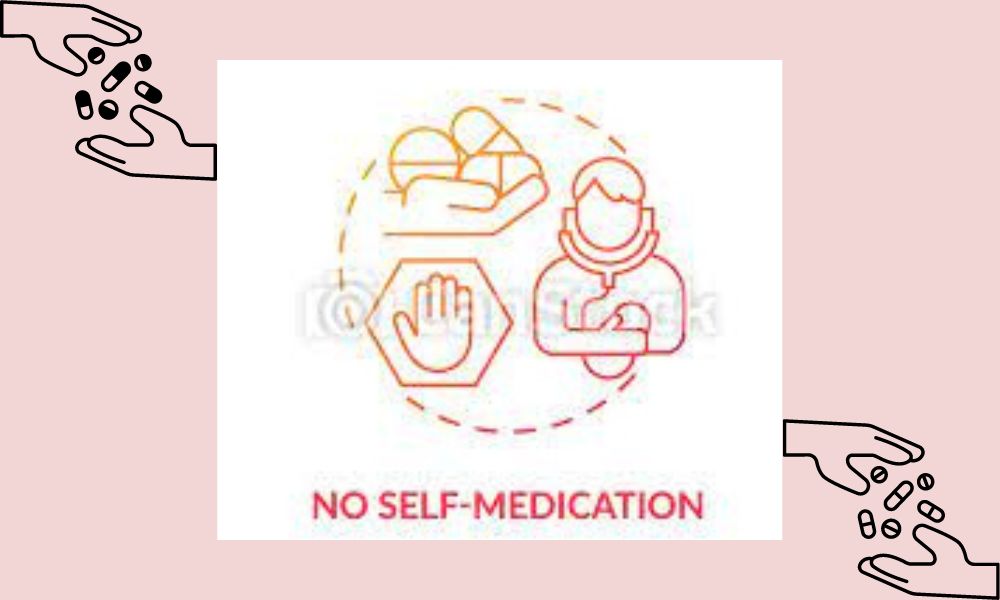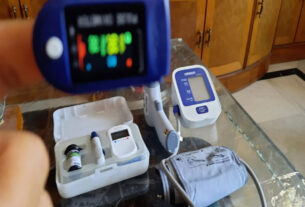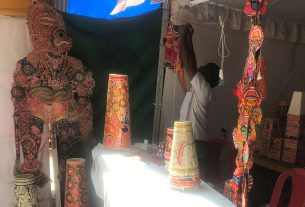Health experts say that in general, people only go to doctors when the medication turns ineffective.
“A few years ago, when I was in my first year of college I remember a time when one of my friends had a mild allergy and decided to take cetirizine, an antihistamine that relieved the allergy symptoms,” Jasween Kaur Bhatia, now a public health expert, recalls. “I too had allergies and it used to work well for me. Certirizine is considered as a normal anti-allergen.”
Only later did she begin to experience reactions. Rashes broke out and itching spread throughout her body. Only then did she seek medical attention and was informed that she had an allergic reaction to the medicine.
A study has shown that the prevalence of self-medication (SM) is high among adolescents, and most of them take it without consulting a doctor.
A report states that around 78.6 percent of people use self-medication in South Karnataka. Among them around 54.5 percent were in the age group of 16-17 years old.
The same report said that antipyretics (substance that reduces fever) were consumed by 78.6 percent adolescents while anti-tussives (medicines that suppress coughing) medication by 54.5 percent.
Around 50 percent of the adolescents preferred allopathic system of medication. On the other hand, it was also reported that 23.6 percent adolescents self-medicated themselves continuously for a month.
Simmi Dang, general physician, said that the prevalence of self-medication is seen more in adolescent due to their lack of time to consult a doctor.
Prajwal, a student, said that he recently had a severe headache that lasted three days. “Even though it did not seem like a typical headache, I thought I could purchase an over-the-counter (non-prescription medicine) medicine that might help alleviate the pain. I used a common drug. However, the pain did not subside. I consulted a doctor at that point and she told me I had migraine and I had been using the wrong medication.”
Patients usually self-medicate for diseases like fever, cough, cold and such more bacterial and viral infection. Dang said, “We come across many patients preferring self-medication over consulting doctors quite often these days. This is because people have started to believe that there is a predefined course of medicine for certain allergies or disease but that’s not true.”
A recent study showed that self-medication practices are quite frequent in India. It states that non-steroidal anti-inflammatory drugs (NSAIDs) and anti-allergens are frequently used without any consultation from the doctors.
Hemant, pharmacist, said that in a day around 10 to 15 people come to him for medicine without a prescription. “I give people medicine when they ask for it, especially if they come to ask for medicine related to fever, cough, cold headaches, and so on. We get at least 70 people like this every month.”
Gautam Satheesh, a health researcher, said that there is no proper system to regulate antibiotic prescriptions and sales. He added that he has encounter many patients who genuinely believe antibiotics such as amoxicillin or azithromycin are essential for treating viral illnesses such as the common cold.
A Study showed that the prevalence of SM practice in India ranges between 8.3 percent to 92 percent. Particularly, in countries like India, advertisements on media and the internet are the major reasons behind its growth.
Bhatia said that the prevalence of self-medication may have risen dramatically following the COVID-19 pandemic. This is because visiting a pharmacy and getting a medicine over-the-counter felt much safer and convenient as opposed to going to a hospital/clinic, she added.
Asif, another pharmacist, said that during peak months of Covid, there were more frequent people asking for rapid antigen kit along with zinc and vitamin C tablets.
A survey by faculty members at Government Institute of Medical Sciences (GIMS) in Greater Noida, which has been functioning as a Covid care facility, shows self-medication was prevalent in the early months of the pandemic as well, when anxiety about the outbreak was high and there substantially less knowledge about the disease it causes than today.
A survey conducted in May 2020 states that around one-fourth of the 1,100 respondents popped pills for symptoms such as headache, abdominal pain in a fear of catching viral infection. Non-steroid anti-inflammatory drugs were most prevalent in self-medication (36 percent) followed by antihistamine (18 percent), anti-ulcer drugs (18 percent), and anti-anxiety benzodiazepines (14 percent).
Santheesh said that this is a global concern but with weaker health systems like that in India, it is even hard to regulate it. He said that as far as antibiotics are concerned, antibiotic stewardship is a proven strategy to regulate antibiotic prescriptions in hospitals.
Madhuri Vaghela, a public health expert in GIANT Health Company said, although there are rules for chemist to not provide medicines containing drugs without a proper prescription but irregular distribution still carries on. So maybe those rules could become harsher and chemist should be taken under observation to stop such practise from the roots, she added.
Dang added, “I would like to just say that this irresponsible usage of antibiotics and antiallergens needs to stop. People must understand that the doctors are here for a reason. So every time you feel sick see a doctor don’t be one.”
Sylvia Karpagam, public health doctor and researcher, said that people tend to practice SM as it cuts down consultation fees of the physician. “Due to the fact that individuals from low-income levels could not afford medical health insurance and coverage plans, SM is common among lower and middle-income families over high-income families.”



